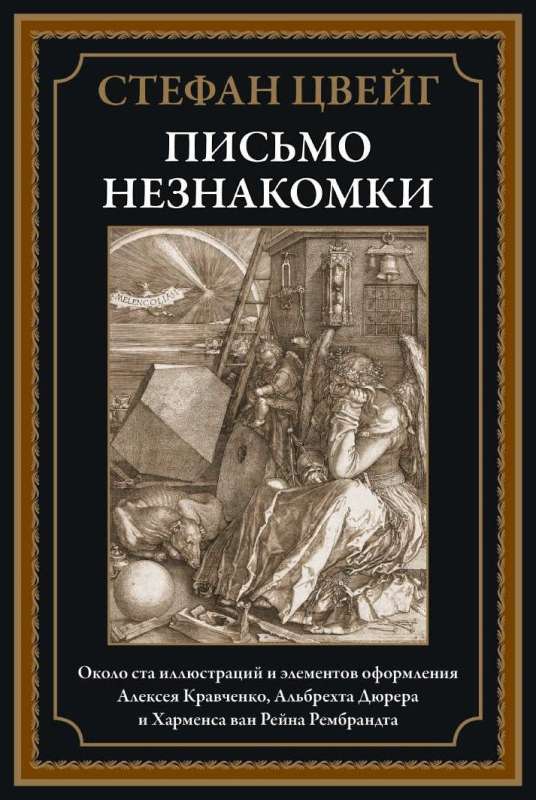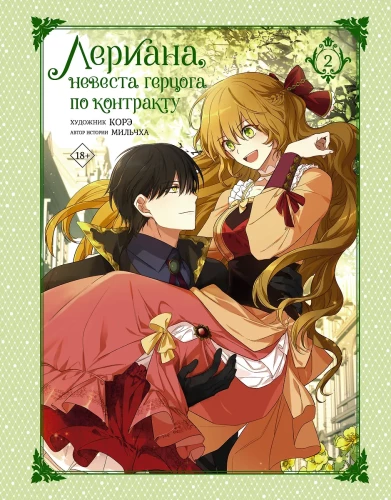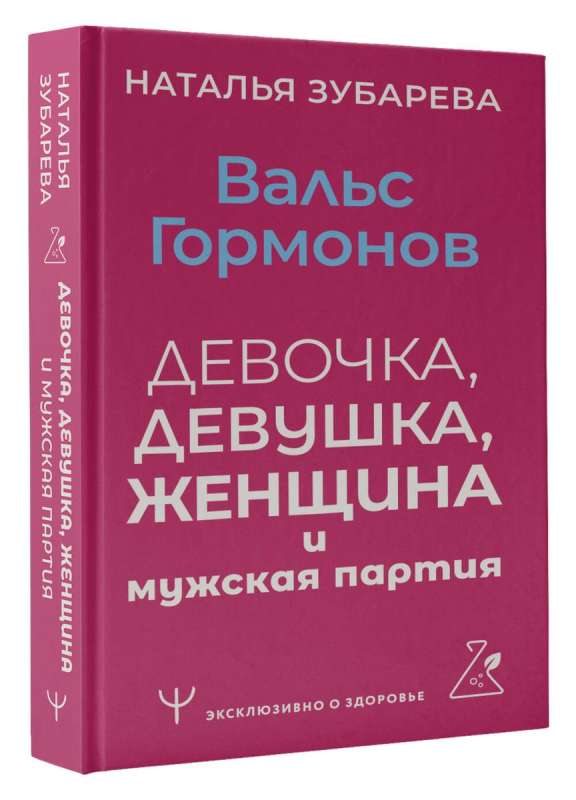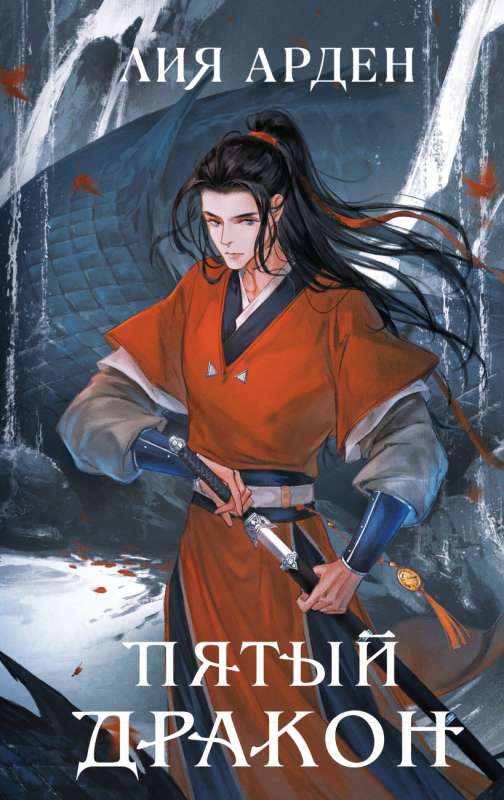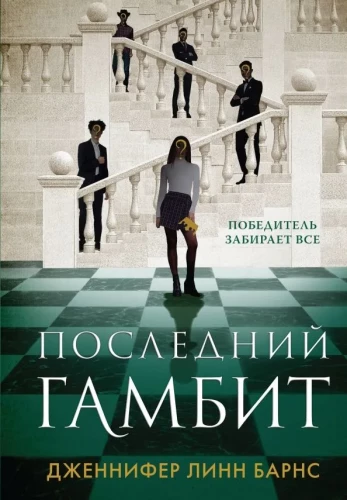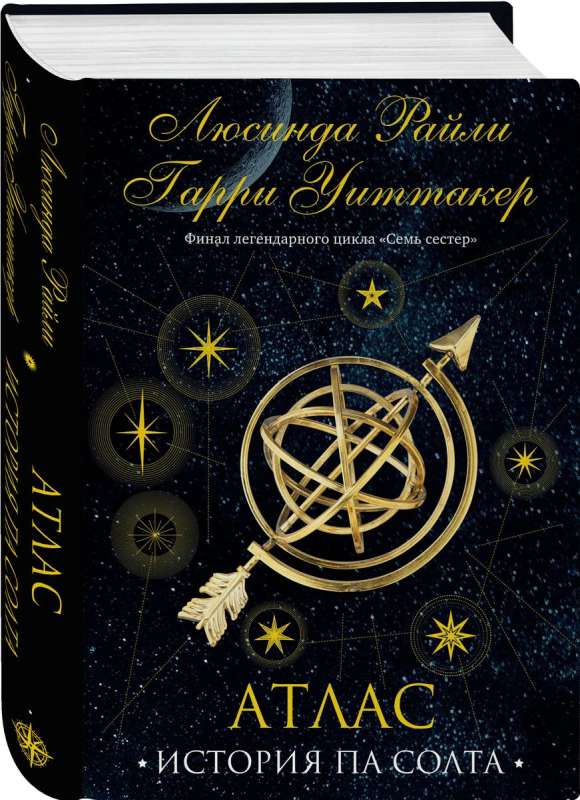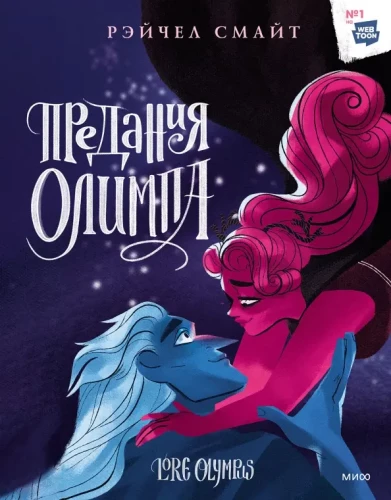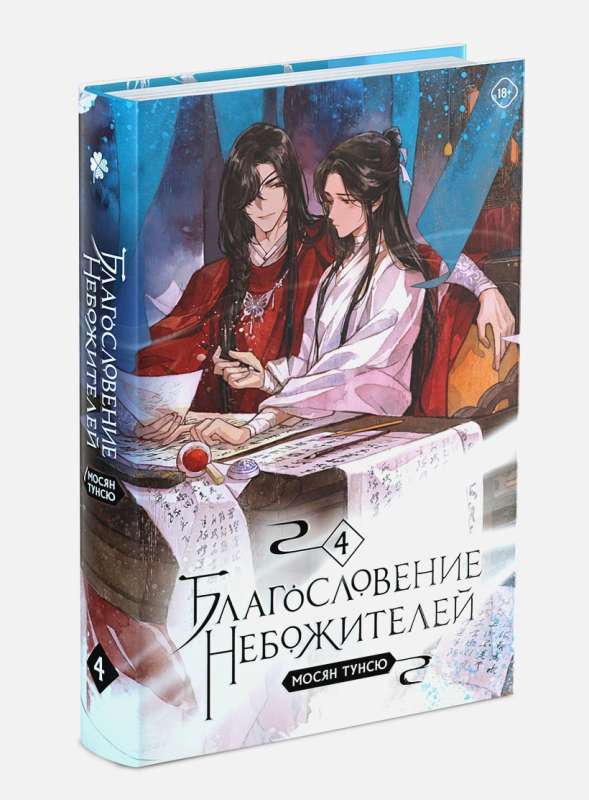Letter from an Unknown Woman
The collection includes the iconic novellas of Stefan Zweig: «Amok», «Letter from an Unknown Woman» translated by D. M. Gorfin, «Twenty-Four Hours in the Life of a Woman» translated by L. I. Wolfson, as well as eight stories by this...
famous Austrian writer from the first third of the 20th century, who earned a reputation as a master of psychological portraiture. The works in the collection are illustrated with magnificent graphic works by the talented artist Alexei Ilyich Kravchenko.
Stefan Zweig gained worldwide fame as a talented storyteller. The most notable works he wrote in this genre make up this collection. Zweig also composed captivating romanticized biographies, reconstructing human motives based on various documents and subtly describing the psychological underpinnings of his heroes' actions. Among them were often close friends of the writer, such as Romain Rolland, Sigmund Freud, and many other creative personalities from the first third of the 20th century. The future writer's childhood was carefree. Stefan was the son of a manufacturer, he studied at a gymnasium, and later studied philosophy at the University of Vienna. Everything changed with World War I. A convinced pacifist, Zweig believed it would be the last slaughterhouse in Europe, and writers like him could prevent another catastrophe. Alas! In 1934, Stefan Zweig left his beloved Austria for England. When World War II flared up in its territory, he fled to the USA, and then to Brazil. There, in the suburb of Rio de Janeiro, Zweig and his wife committed suicide at the end of February 1942, taking a lethal dose of sleeping pills. The world that the writer loved so much and which he described in his novellas disappeared forever. Zweig could not bear this.
The novella «The Invisible Collection» in the book is adorned with engravings by Dürer and Rembrandt, while the other works in the collection feature illustrations by the talented artist A. I. Kravchenko. To book lovers, he is known as a wonderful master who enriched the editions of Hoffmann, Hugo, Gogol, and Pushkin with his graphics. Alexei Ilyich perfectly mastered the techniques of linocut and etching; he masterfully conveyed through strokes and the actions of the mighty forces of nature, and the movements of the human soul. At the same time, he was an outstanding painter and a subtle colorist. At the International Exhibition of Decorative Arts held in Paris in 1925, Kravchenko's works received the highest award. The future artist was born in the Samara province of pre-revolutionary Russia. His first drawing teacher was a traveling icon painter. His thirst for education drove the young man to Moscow. At the School of Painting, Sculpture, and Architecture, his mentors included Korovin, Serov, and Vasnetsov. Before the revolution, Alexei Ilyich studied painting in Italy and Greece; his works ended up in the Hermitage and the Tretyakov Gallery. In 1925, Kravchenko worked in Venice, Florence, Pisa, and Rome. In 1929, he represented the art of Soviet Russia in New York at the international art exhibition, and in 1935 he became a professor at the Moscow Institute of Fine Arts. Alexei Ilyich engaged in his beloved work in the truest sense until his last breath — he passed away in his workshop in 1940.
Author: ЦВЕЙГ С.
Printhouse: SZKEO
Series: Library of World Literature
Year of publication: 2023
ISBN: 9785960308540
Number of pages: 416
Size: 70*240 мм mm
Cover type: Твердый переплет
Weight: 700 g
ID: 1460287
free
€ 9.99
free from € 80.00
free
€ 9.99
free from € 80.00
-
MNOGOKNIG Gmbh, Frederichstrasse 176-179, Berlin, Germany, 10117+4915205421866
